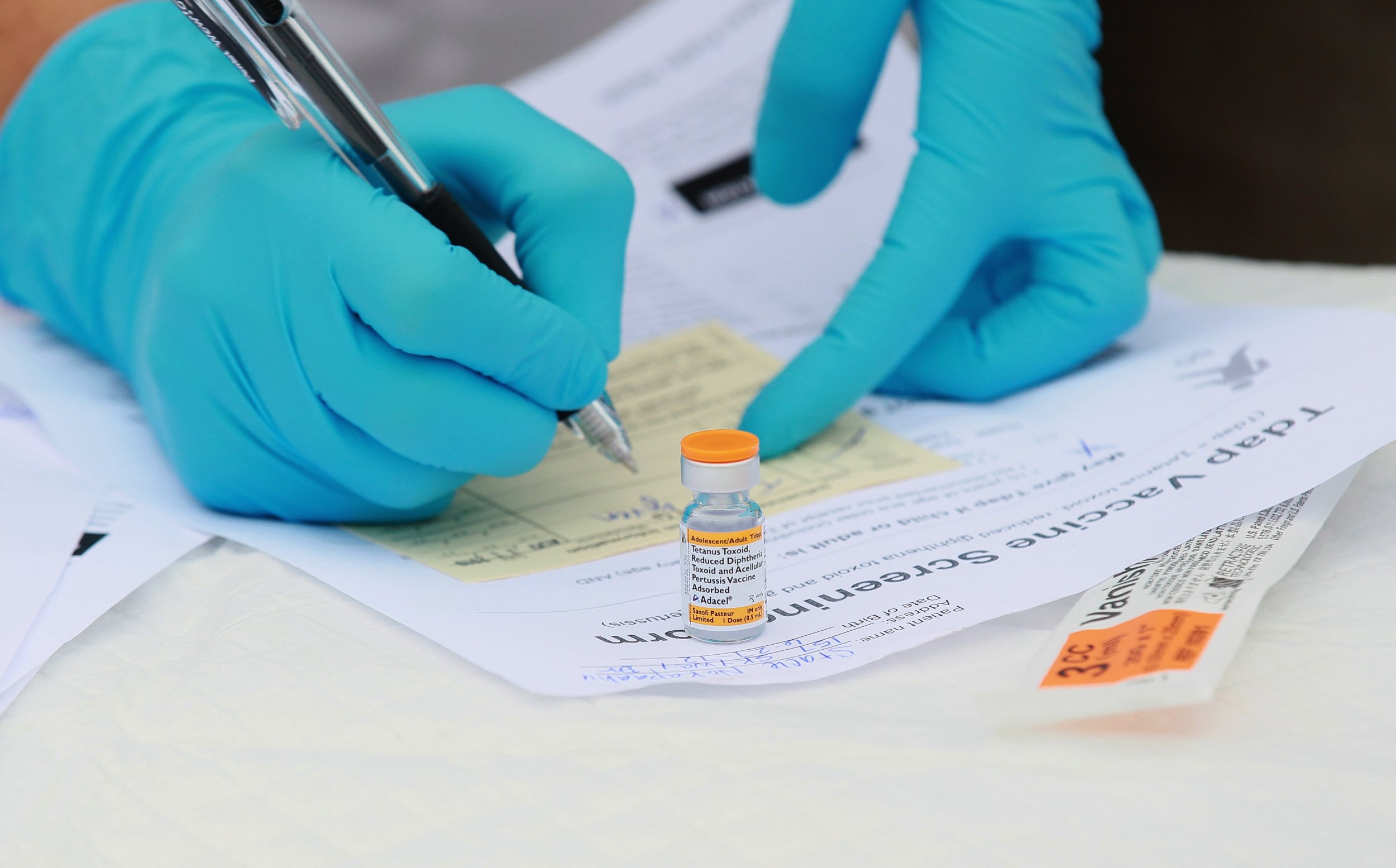

'There could be millions of people out there with just a minor cough or no cough spreading this potentially fatal disease without knowing it,' said Althouse. A January 2014 study in PNAS by another research team demonstrated that giving baboons acellular pertussis vaccines prevented them from developing symptoms of whooping cough but failed to stop transmission.īuilding on that result, Althouse and Scarpino used whopping cough case counts from the CDC, genomic data on the pertussis bacteria, and a detailed epidemiological model of whooping cough transmission to conclude that acellular vaccines may well have contributed to - even exacerbated - the recent pertussis outbreak by allowing infected individuals without symptoms to unknowingly spread pertussis multiple times in their lifetimes. The problem is, the newer vaccines might not block transmission. (Currently given to children as part of the Tdap vaccine.)

But adverse side effects of those vaccines led to the development and introduction in the 1990s of acellular pertussis vaccines, which use just a handful of the bacteria's proteins and bypass most of the side effects. In the 1950s, highly successful vaccines based on inactivated pertussis cells (the bacteria that causes whooping cough) drove infection rates in the U.S. Their research points to a different, but related, source of the outbreak - vaccinated people who are infectious but who do not display the symptoms of whooping cough, suggesting that the number of people transmitting without symptoms may be many times greater than those transmitting with symptoms. But that might not be the whole story, suggests a new study published in BMC Medicine by Santa Fe Institute Omidyar Fellows Ben Althouse and Sam Scarpino.


 0 kommentar(er)
0 kommentar(er)
